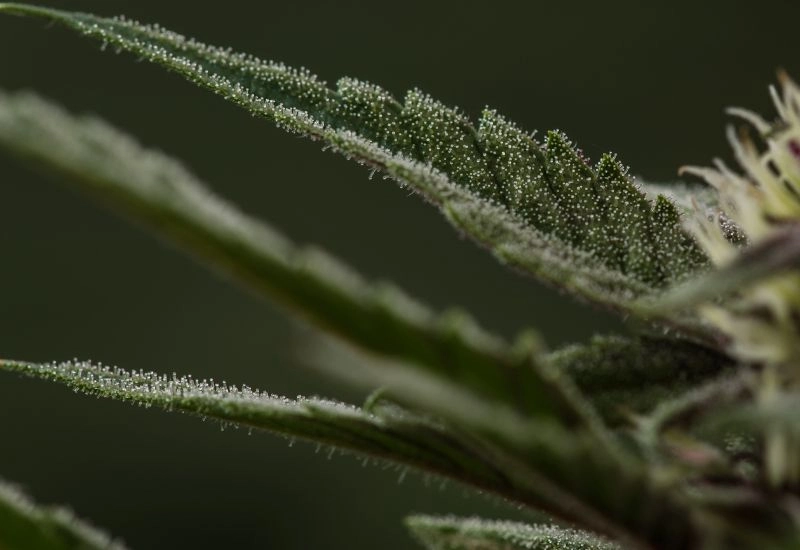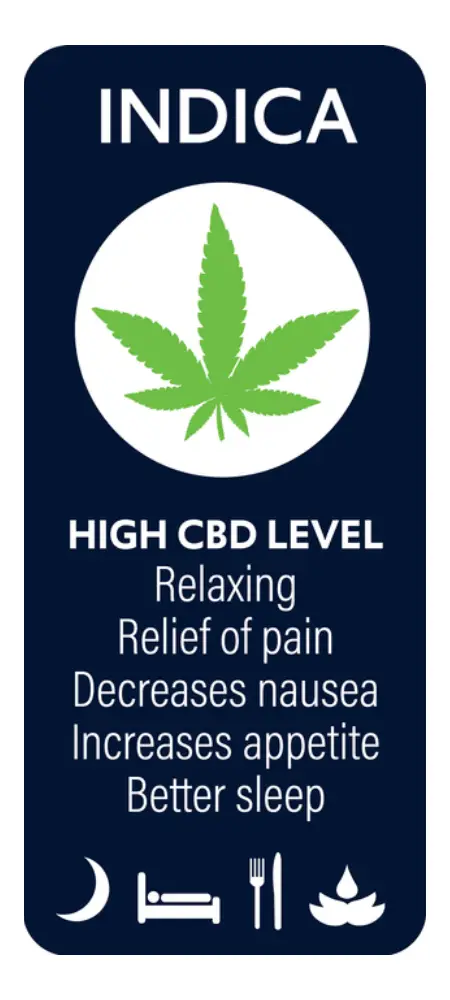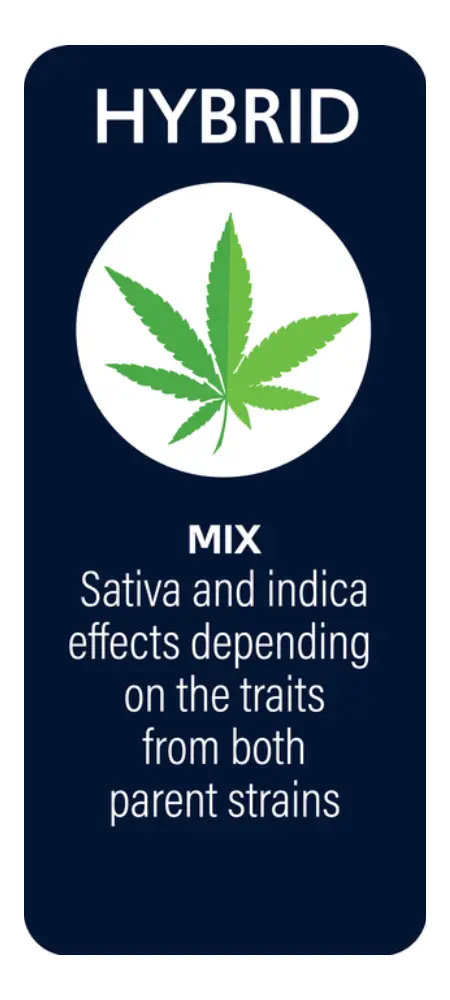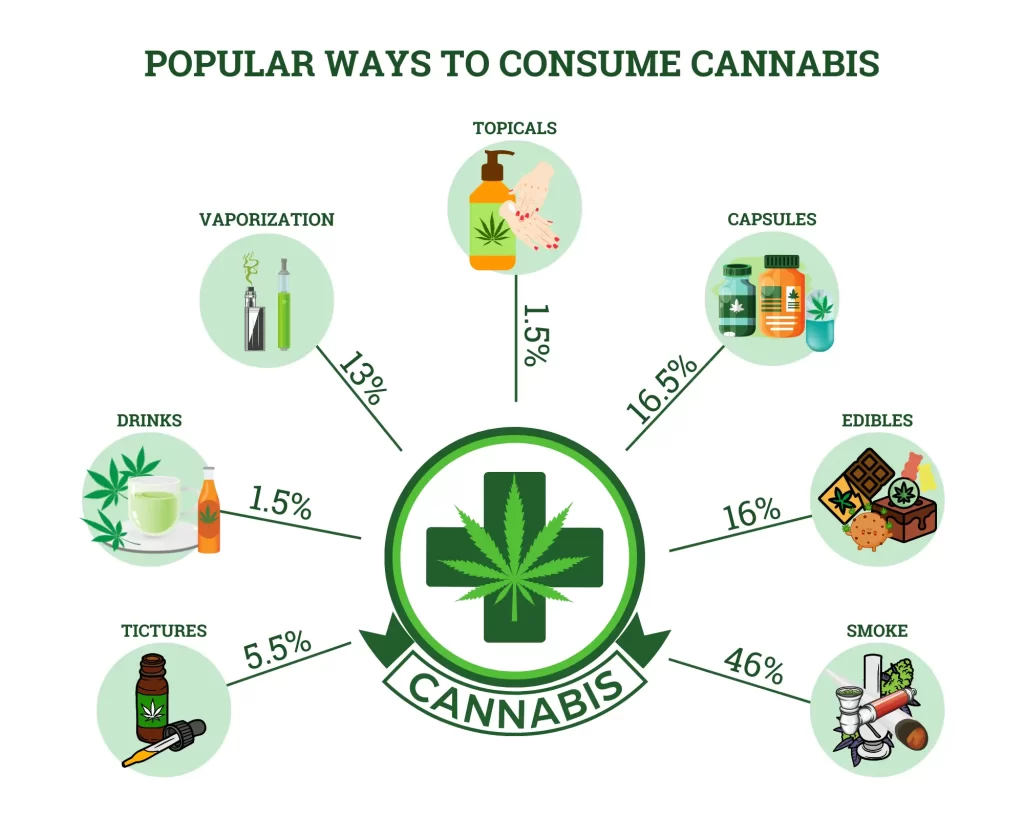Cannabis As Medicine
Years Experience certifying patients
Greenlight Patients Certified
Active MMJ Card Holders in MI (as of November 31st, 2022)
Medical Marijuana, So what’s all this about? We will make it plain and simple….
It’s about the truth. It’s about your rights. It’s about utilizing nature’s gifts. It’s about logic. It’s about your body, your mind, your spirit. It’s about relief. It’s about a healthier YOU.


Sativa:
Best for daytime medication use – A higher level of THC and contains antibacterial cannabinoids. Good for appetite stimulants, relieving depression, migraines, chronic pain, and nausea.
The higher levels of THC cause feelings of euphoria, creativity, and a sense of well-being which are often called being ‘high’. It also reduces blood pressure and nausea, benefits cancer patients taking chemotherapy, patients who have reduced appetite, and patients with uncontrolled glaucoma.
Common strains: Haze, Trainwreck, Kalimist, White Russian, and Kiwi Green. The Sativa plant is taller and sparser, with bigger branches to unit length.

Indica:
Best for nighttime medication use- may cause sleepiness and feelings of heaviness.
Contains lower levels of THC and higher levels of cannabinoids than Sativa. Acts as a sedative or relaxant. Helps with anxiety, chronic pain, insominia, muscle spasms and tremors. The CBN and CBD cannabinoids create a stronger sedative physical effect useful for pain relief and reducing muscle spasticity – helping Multiple Sclerosis patients, stroke victims and those suffering from chronic pain.
Common Stains: White Berry, Blueberry, Northern Lights, Sensi Star, Gold Star. ‘Indica’ plant is more compact, narrower, skinnier and shorter, with more branches spaced closer together.
*These different cannabinoids can be specifically used for the purposes they are most effective. To be able to “treat” a symptom or condition with the required cannabinodoid needed is medically desirable. Cannabis resin (‘hash’) is likely to be higher in CBD, while many strains of herbal cannabis (‘weed’ or ‘skunk’) can be very high in THC. One of the many strong arguments for legalization is that it would require cannabis to be properly labeled like any other mass consumer product.

Hybrids
Most cannabis currently available are a hybrid strain – somewhere in between the extremes of ‘Sativa” and ‘Indica’. Hybrids or cross-breeds of Indica and Sativa strains produce varieties that carry characteristics of each parent. For example, adding sativa to indica strains adds mental clarity and decreases sedation effect. Adding Incdica to Stativa strains can decrease or even eliminate the Sativa tendency to stimulate anxiety. Hybrids are often referred to based upon the dominant sub-species
inherited from their lineage, e.g. “pure indica, mostly indica, mostly sativa, or pure sativa. There are many number of strains available for patients, each with different cannabinoid profile and effect.
Common Strains: OG Kush, Himalayan Gold, Blue Cross, 00 Diesel, and Kandy Kush

Key Medical References- Cannabis's ability to alleviate these medical conditions
A brief History Lesson…
In order to understand the present, you must understand the past.. why? To create a better future.
Is Medical Marijuana Safe?
In 1988, DEA chief administrative law judge, Francis L Young, “In the Matter of Marijuana Rescheduling, determined: “Marijuana, in its natural form, is one of the safest therapeutically active substances known to man.”
0 Deaths from marijuana and 100 deaths from peanuts per year!

Two main types of Cannabis from two different species of the Cannabis plant:
Cannabis "Sativa" and Cannabis "Indica"
Hybrid strains are formed by combining Indica and Sativa. Legacy strains are hard to come by and most of what you see in dispensaries are hybrids that are sativa or indica dominate usually based on their genetic lineage.
There are atleast 779 Strains of Cannabis
Ways to Medicate
Vaporization: RECOMMENDED METHOD OF INGESTION A vaporizer heats but does not burn the cannabis. This method releases the THC and cannabinoids as a vapor, which is then inhaled (vs. smoke). The effect is ‘cleaner’, more economical, and reduces the exposure of the throat and lungs to products of burning. Vaporization works because THC, an active ingredient of cannabis, is a resin that vaporizes at a lower combustion point than cellulose. Vaporizers heat the medicine gently, as too much heat destroys some of the THC. A problem with vaporizers is with correct use. Many users tend to overheat and consequently burn the medicine. Vaporizers create an incredibly smooth taste. The medicine supply lasts up to four times as long as compared to smoking it because vaporization wastes so little of the active ingredients.
Smoking/inhaling: Burning or vaporizing cannabis and inhaling the smoke into the lungs is the fastest route to the bloodstream. Take small, shallow puffs rather than deep inhalations. Studies done in Australia indicate that 95% of the THC in cannabis is absorbed in the first few seconds of inhaling. Holding in the smoke longer just allows more tar and other noxious chemicals to be absorbed.

Cons: Irritation of the throat and lungs is one of the most obvious adverse effects to the marijuana smoker as is the inevitable cough upon inhaling. The cough is the body’s reaction to the irritation of the numerous constituents of the smoke. Prolonged and repeated exposure to these irritants can lower resistance to, and aggravate infections from viruses, bacteria, or fungi. It is preferable to use only the more potent flower tops, or high-grade hash for medical smoking use.
Pros: An advantage of smoking is that it allows the user to control their dosage better as the effects are almost immediate, unlike when eating, or using THC in pill, or spray form. Many medical users find they appreciate the immediate and pleasurable effects of smoking cannabis. In general, smoking is not the best way to take cannabis, especially for pain.
Joints: Smoking cannabis in ‘joints’ is one of the least harmful ways of smoking. A loose, fat joint is preferable to a thin one because the temperature of the smoke is lower in a thick joint. There is evidence that a thin joint gives a more stimulating ‘high’, while a fat joint has a more sedative effect (due to different burn temp in ‘fat’ or ‘thin’ joints). Avoid rolling papers with ‘strawberry’ tasting chemicals and the like, ‘rainbows’, and any use of colored inks.
Pipes and Bongs: Many ingeniously designed products are on the market that claims to offer a cooler smoke but they are not all safe or efficient to use. Avoid wood, aluminum, or plastic materials. Use glass, stainless steel, or brass pipes and bongs.
Water pipes: Recent research suggests that water pipes are the most harmful and least efficient methods of smoking cannabis. The water absorbs a great deal of the THC in the smoke (up to 50%!), increasing the amount of tar the smoker must ingest to get the desired result. Using a water pipe with a mouthpiece less than 20cm from the water level can allow water vapor and water drops to enter the lungs.
Eating or drinking: Simply sucking a small piece of hashish or eating cannabis prepared as a cake, drink or other food is a very effective and economical method of using cannabis. The effects take up to an hour and last 4-12 hours. Overdose is possible by eating too much. This could result in an unpleasant ‘whirling-pit’ feeling but no lasting physical damage. *Eating Hemp seeds or their oil (which have no THC content) is a very valuable source of nutrition, which can have considerable medical value and contribute to overall general well-being.
Creams and lotions: Applied on the skin to treat complaints ranging from muscle pain and/or tremors to aches. You can make these yourself. The simplest way to do this is to put leaves and buds of cannabis into a bottle filled with surgical alcohol available in any chemist. Leave in a dark place for 1-3 weeks, shaking every day or as often as possible, then use to rub on the area suffering from pain.
Tinctures: The active ingredients of the plant are extracted as an oil and can then be used either as drops are taken orally, or the ingredient for creams and lotions to be rubbed on the skin to relieve pain and other symptoms. Cannabis Tincture was available by prescription for medical purposes in Britain until 1971. There are some reports claiming a topical tincture/oil has cured skin cancer! (Rick Simpson Story)


